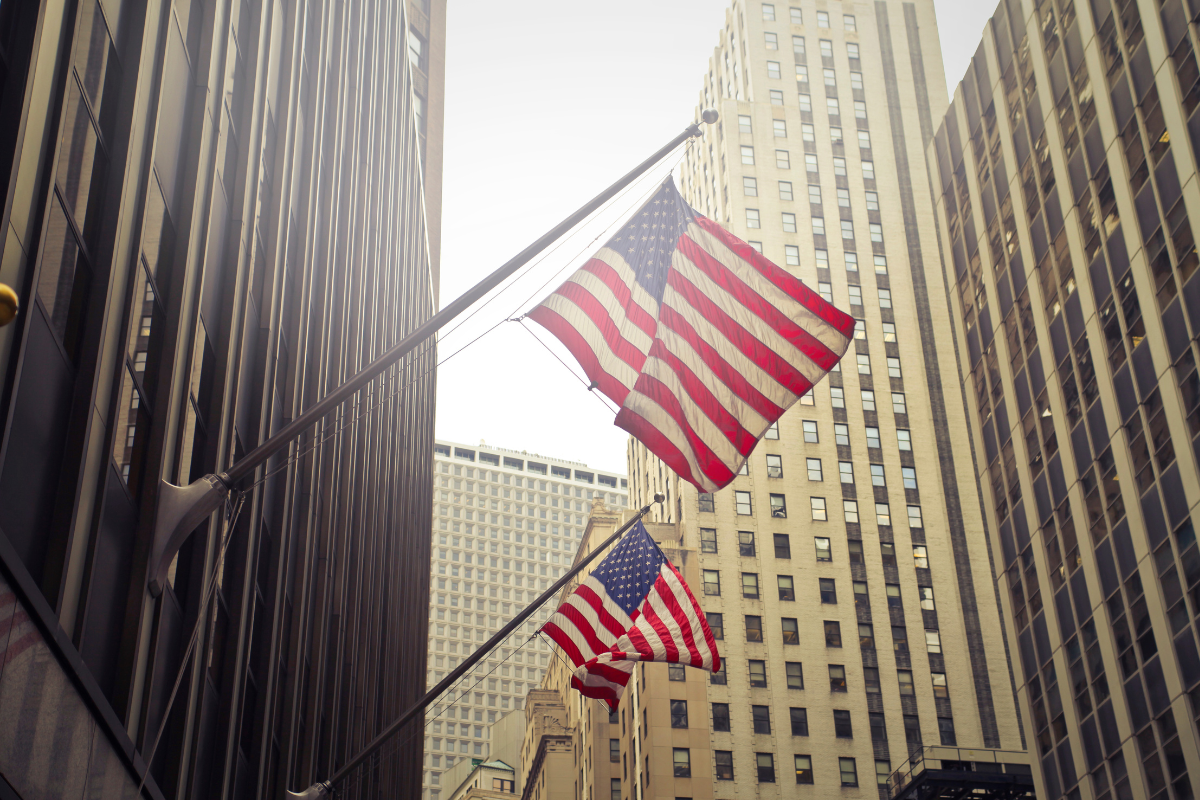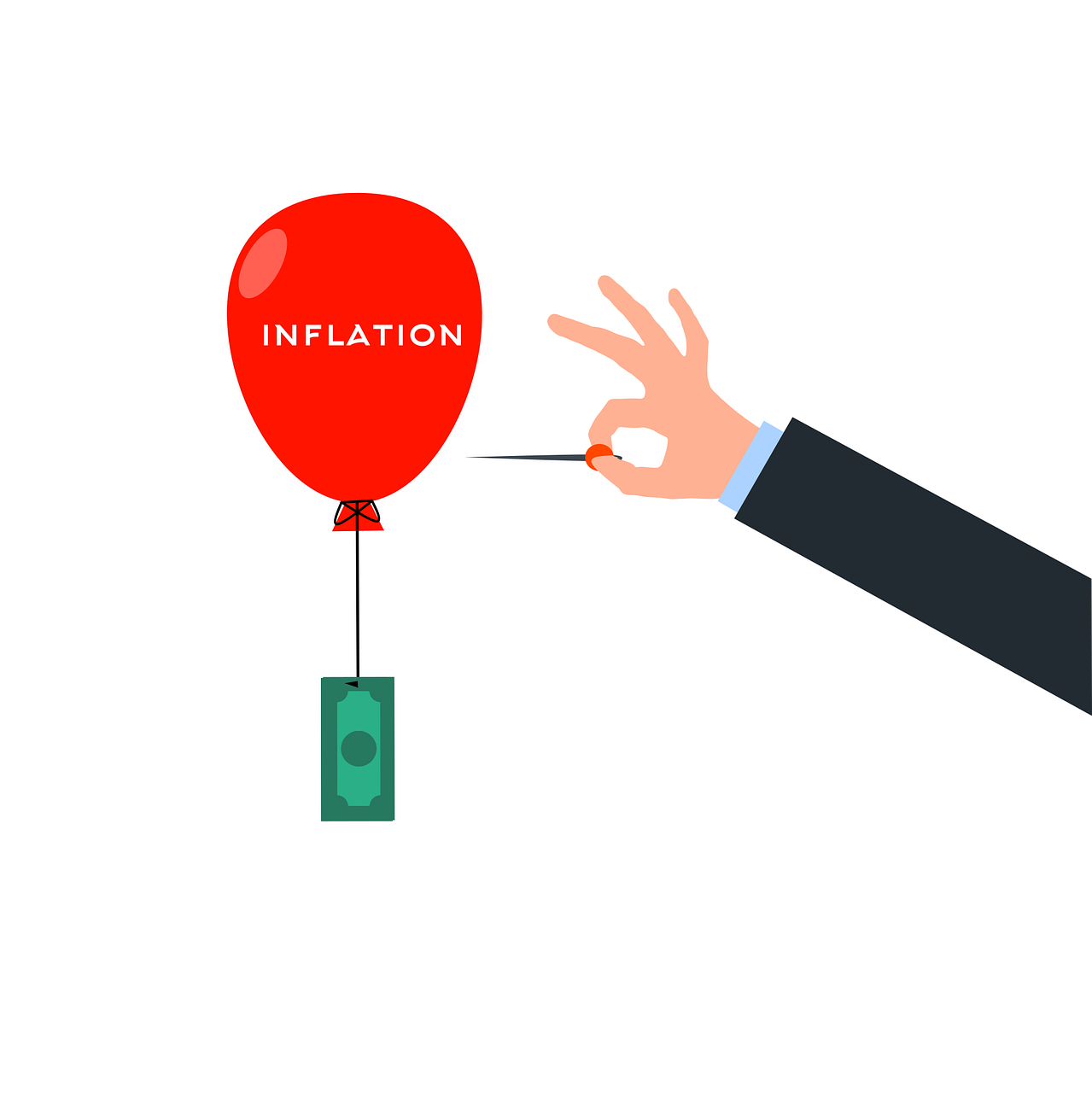Amid the turbulent behavior of most assets due to the impact of the Trump Administration’s tariff policy, the shadow of a potential recession in the U.S. is emerging amid the doubts of investors, international asset managers, and economists.
Ronald Temple, Chief Market Strategist at Lazard, acknowledges that he had long expected the U.S. administration to raise tariffs more aggressively than markets had anticipated. As a result, he now foresees more severe economic damage. “Initially, it’s reasonable to expect an uptick in purchases of certain goods, as consumers and businesses try to get ahead of the tariffs and take advantage of lower prices. However, once the tariffs come into effect and filter through the supply chain, I expect demand for discretionary items to fall significantly, as consumers will redirect income toward necessities that have risen in price,” he says.
Still, Temple does not yet consider a recession his base-case scenario for the U.S., but he notes that the likelihood has increased to the point where it could be a “coin toss” whether growth falls below zero in 2026. For now, he leans toward growth below 1%—but still positive—with unemployment rising to 5% in 2025 and core Consumer Price Index (CPI) inflation ending the year above 4%.
“There is broad negative consensus among economists about tariffs, as they are expected to hinder global trade and negatively impact GDP growth. The short-term risk of a U.S. recession has increased, pushing investors toward safer assets. The S&P 500 dropped 4.28% in the first quarter, while the Bloomberg U.S. Aggregate Bond Index rose 2.78%,” adds Mike Mullaney, Director of Market Research at Boston Partners – Robeco.
In contrast, Xavier Chapard, strategist at LBP AM and shareholder of LFDE, believes that “if tariffs remain broadly at current levels, we expect the U.S. economy to enter a recession by mid-year, which would significantly weigh on the rest of the world. In that case, a sustainable market rebound in the short term seems unlikely. Of course, markets would rebound sharply if tariffs are substantially reduced, although not fully, given the lingering uncertainty.”
The Inflation Question
According to Gilles Moëc, Chief Economist at AXA Investment Managers, tariffs will push consumer prices up by more than 2%, since roughly 10% of the U.S. consumption basket is directly or indirectly imported, according to the Boston Federal Reserve. “Part of the impact on imported goods will be absorbed by margin compression among exporters, wholesalers, or retailers. But even so, domestic producers may be tempted to raise their own prices, thanks to the protection from foreign competition that tariffs provide,” explains Moëc.
Accordingly, AXA has raised its preliminary U.S. inflation forecasts by a cumulative 1.2% over 2025 and 2026 compared to its base case, reaching 3.6% and 3.8%, respectively. However, this also feeds back into a slower U.S. economy. “By 2026, the U.S. economy will still be feeling the effects of a second-round shock, though it may benefit from fiscal stimulus—if the administration can get Congress’s approval. That, however, is uncertain, as early signs of dissent on the tariff issue are emerging among Senate Republicans. An even more fundamental question will be the timing and extent of support the Fed will be willing to provide,” he adds.
On that note, Mark Haefele, Chief Investment Officer at UBS Global Wealth Management, argues that the Fed faces constraints in its ability to manage slowing growth due to the inflationary impact of tariffs. Nevertheless, he expects that ultimately the Fed will prioritize growth and financial stability if the labor market or the functioning of financial markets weakens significantly.
“Although tariffs will initially drive up U.S. consumer prices, much weaker domestic demand acts as a deflationary force, which could more than offset the impact of tariffs in the medium term. Moreover, long-term market-implied inflation expectations have declined over the past two weeks, which could reinforce the Fed’s likely inclination to focus on supporting growth rather than fighting inflation. We expect the Fed to implement interest rate cuts of between 75 and 100 basis points during the remainder of 2025,” says Haefele.




